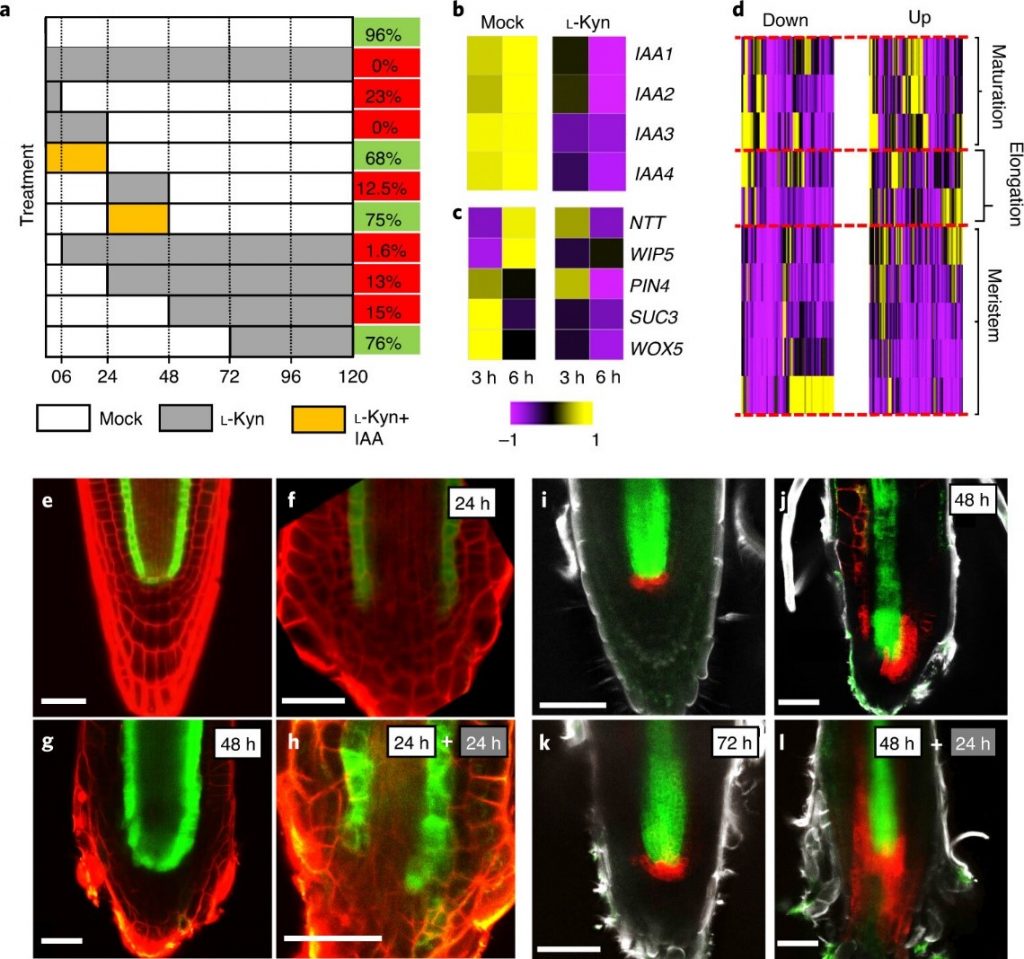
Local auxin biosynthesis is required for root regeneration after wounding (Nature Plants)
During root development, auxin accumulates at the stem cell niche (SCN) located at the root meristem. Both polar auxin transport and local auxin biosynthesis contribute to the auxin accumulation. During root regeneration after wounding, the source of auxin accumulation is still a question. To address…
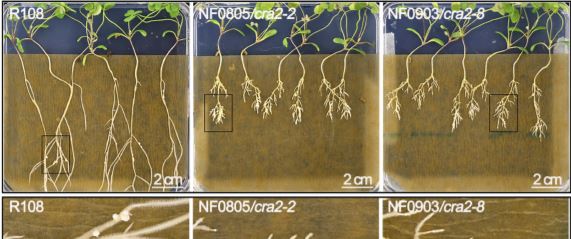
Peptide-Receptor Signaling Pumps the Brakes on Auxin Biosynthesis and Ethylene Signaling to Harmonize Root Growth and Nodulation
Nitrogen (N) is the most abundant element in Earth’s atmosphere. However, plants must capture this essential element from soil through their roots. To do this, legume roots forge symbioses with rhizobia to initiate nodule development. Root nodules provide rhizobia an environment suitable for converting…

Mix, Match, and Maize: A Synthetic System for Maize Nuclear Auxin Response Circuits
Dhineshkumar Thiruppathi 1,2
ORCID ID: 0000-0002-2018-3356
Donald Danforth Plant Science Center,
Saint Louis, Missouri 63132
1Lead author
2Author for contact: dthiruppathi@danforthcenter.org
The phytohormone auxin plays a major part in nearly every plant process, including growth…
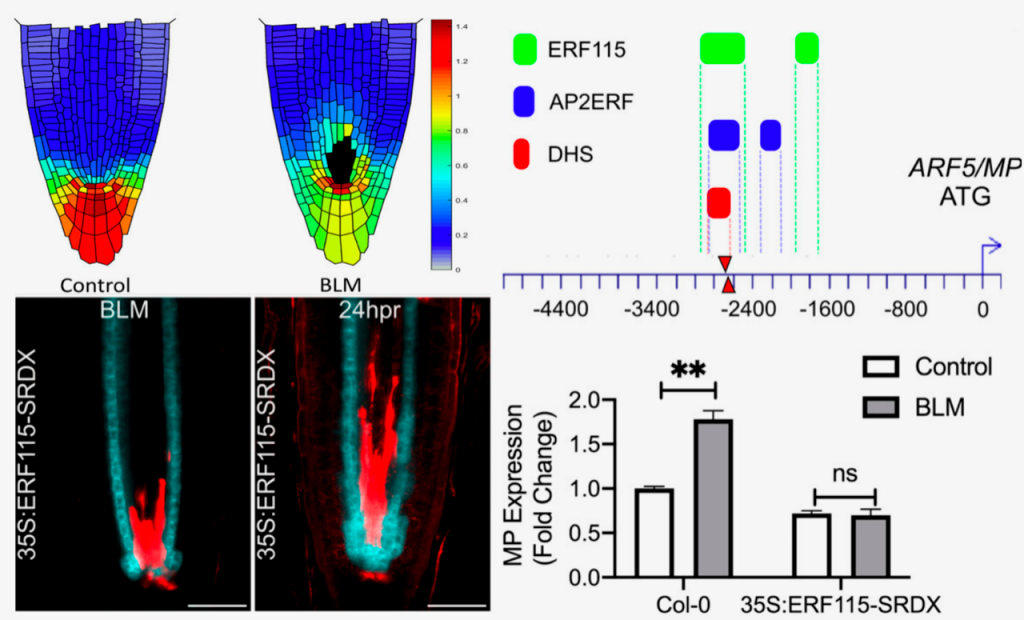
Rocks in the auxin stream: Wound-induced auxin accumulation and ERF115 expression synergistically drive stem cell regeneration (PNAS)
Plants have evolved exquisite regenerative capacities to repair wounds or even reform complete organs thanks to the proliferative activity of stem cell niches residing in meristems. Different types of injuries elicit different developmental and regenerative responses. However, a key player seems to be…

Fluctuating auxin response gradients determine pavement cell-shape acquisition (PNAS)
The leaf epidermis is composed primarily of undulated pavement cells arranged in a jigsaw puzzle-like architecture, with neighboring cells flawlessly interlacing with one another thanks to synchronized growth, thus making it an ideal model to study morphogenesis regulation. Seeking to better understand…
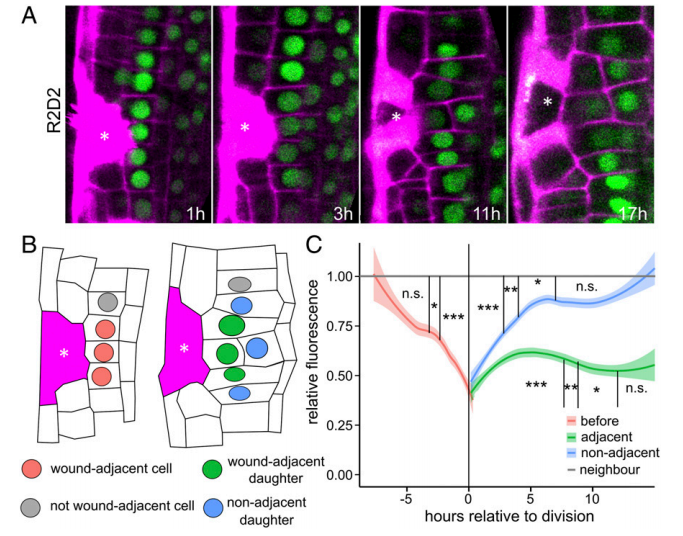
Divide to heal: auxin regulates wound-induced cell division in roots (PNAS)
Among the stresses that sessile plants face, wounding is peculiar as it can be caused by both biotic and abiotic sources. While studies of wounding in animal systems have largely focused on the repair mechanisms, less is known about wound healing in plants. In an attempt to throw light on this, Hoermayer…
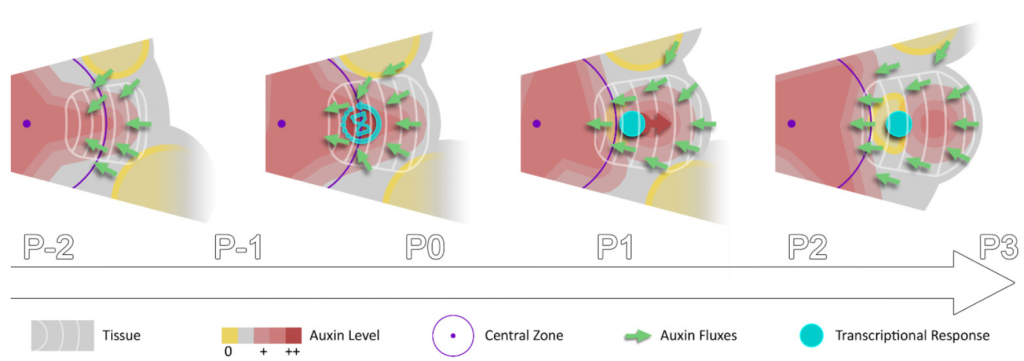
How do auxin temporal dynamics regulate patterning? (eLIFE)
Auxin forms spatial gradients that are implicated in organ morphogenesis. However, it is not known how temporal auxin gradients are integrated with the spatial information. In this paper, Galvan-Ampudia, Cerutti et al., showed using a ratiometric quantitative auxin reporter (quantitative DII-VENUS) that…
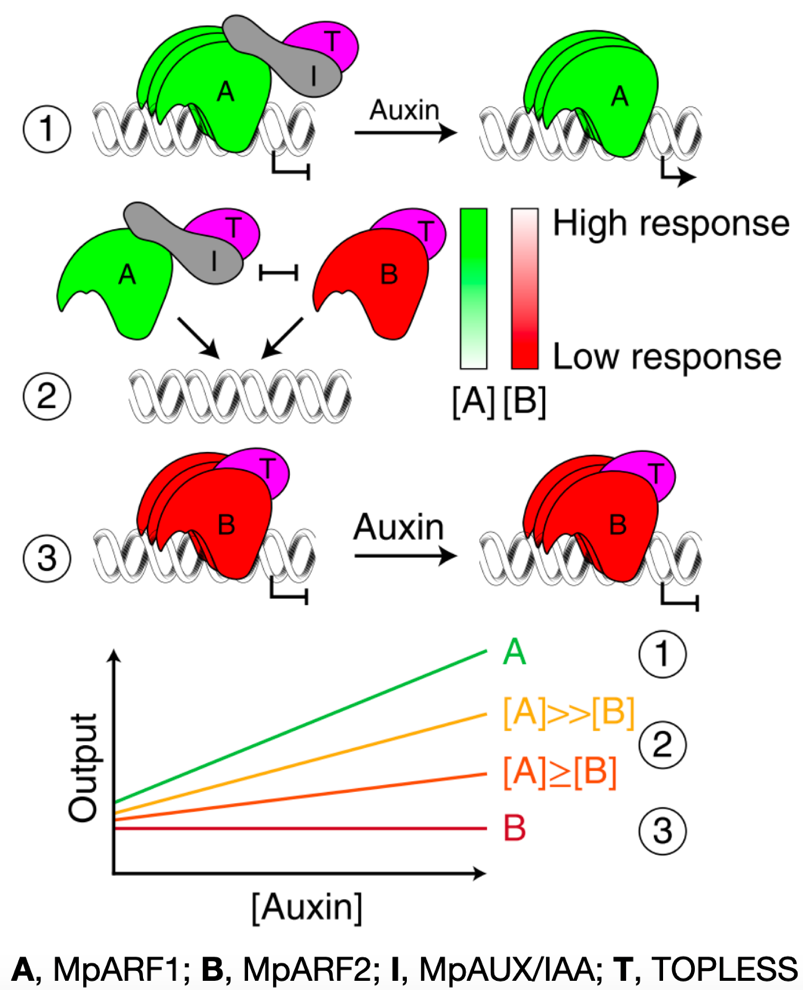
Design principles of a minimal auxin response system (Nature Plants)
Auxin controls virtually all facets of growth and development. This plant hormone is sensed by TIR1/AFB F-box receptors which promote ubiquitin-mediated degradation of AUX/IAA transcriptional repressors, releasing ARF transcription factors from inhibition. Phylogenetic analyses divide the ARF family…
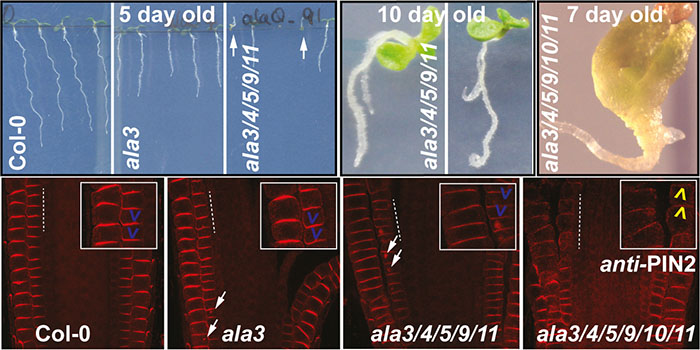
Flippases Function in PIN Polarity
Zhang et al. elucidate the role of flippases in the polarity and trafficking of PIN auxin transporters. Plant Cell https://doi.org/10.1105/tpc.19.00869
By Xixi Zhang and Jiří Friml
Institute of Science and Technology Austria (IST Austria), Am Campus 1, 3400 Klosterneuburg, Austria
Background:…

